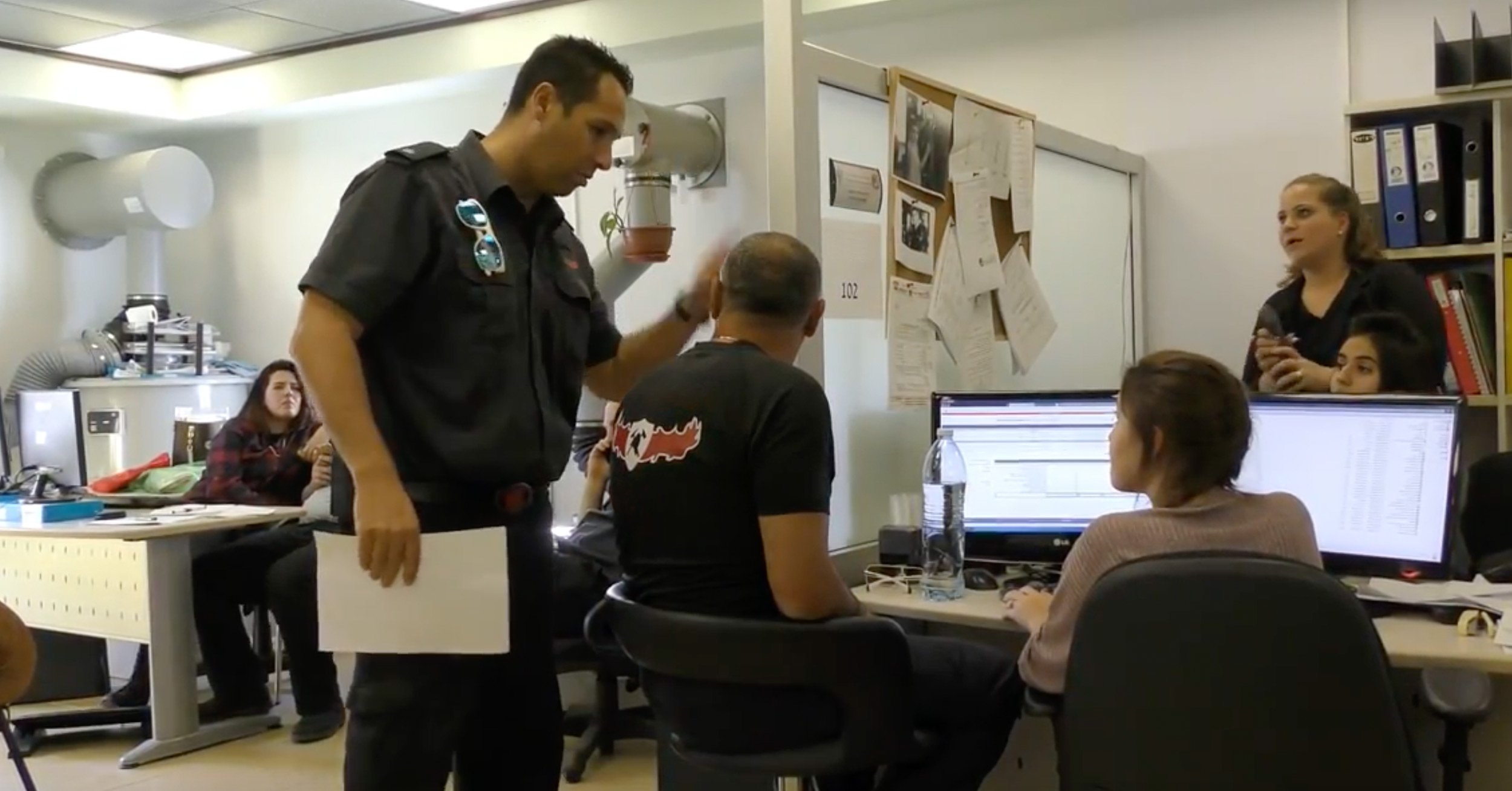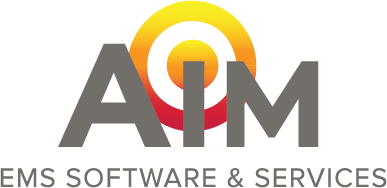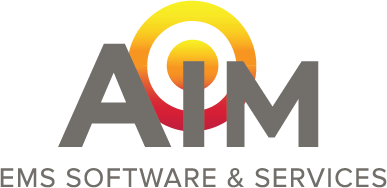
The holy grail of successful ambulance billing is an efficient EMS workflow that includes the entire ambulance service staff, from dispatch to first responders, EMTs, and medics to billers, all working together, and all on the same page. Clearly, open and effective communications, and EMS workflow between these key EMS operational areas will minimize the amount of time between dispatch, patient care and transport, billing, and receiving payment for services rendered.
Effective internal communications can also help minimize communication obstacles with external sources as well, such as hospitals and nursing homes. If EMS dispatchers, crews, and billers are united in the way they communicate with external partners, not only is the ambulance billing submission quicker, it’s of a much higher quality. If your ambulance billing operation faces an audit or review, the supporting documentation is less likely to have contradictions if EMS dispatchers, crew, and billers are communicating with one another on a consistent basis.
EMS Crews are an important link between dispatch and billing communications since they are the ones closest to the patient and the only ones that can paint a picture of the care rendered. Here are some effective EMS crew communication and workflow tips that can improve ambulance billing:
1. Utilize Validations and Checklists to Improve Ambulance Billing
Clearly, the ambulance billing process must be a well-oiled machine in order to minimize the amount of time that it takes for the EMS service to get paid for an ambulance bill. A mistake-free EMS claim submission, which minimizes rejections and appeals, starts with dispatch and carries through to patient care reporting or ePCR. As data is entered into the dispatch record, then transferred to the ePCR, it can be validated to assure that once the claim is ready to be generated, the data has been sufficiently QA’d to minimize processing delays with the payer.
EMS agencies that use an ePCR software should confer with someone from the ambulance billing department to support the initial software setup. An effective ePCR software will have field configuration options built in, and an ambulance biller can provide critical input on data validations and rules in ambulance billing requirements.
Ambulance billing staff can also inform crew by sharing ambulance billing tip guides and checklists that help them understand what is needed in order to bill an ambulance claim, especially a Medicare ambulance bill. This does not mean that crews should know how to bill. Patient care is an EMS crew’s most important job. However, they do need to understand the general requirements for a medically necessary, reimbursable ambulance transport to be able to comply with the requirements.
There are several ambulance billing resources that EMS billing staff can share with crews. Here are just a few that can help improve workflow and communications:
-
Documentation Tips for Ambulance Provides - Paint the Picture : This is a Palmetto resource that can be applied to all Medicare ambulance bills, no matter what jurisdiction you are in.
-
PWW Ambulance billing resources: These are various Medicare and ambulance billing forms
-
Ambulance Billing for Non Emergency Transports: This is a nice training guide to help crews understand the requirements for a covered non-emergency transport.
2. Implement Full Cycle Ambulance Billing Quality Assurance (QA) Checks
Each EMS operations’ area (dispatch, patient care, billing) should have their own individual QA checks related to their area of discipline. Also, as important, QA specialists in each area should work together to deliver clear and consistent QA processes across the entire EMS workflow. Implementing effective QA checks are the best way to ensure quick and proper ambulance billing submission. It is also important, and in fact critical, to look at rejections and denials after the bill is submitted. It is important to measure and review the causes for billing rejections and denials. Isolate the problems in the workflow area that are causing them, correct and document the processes, and share this information and train staff members in improved processes.
When evaluating EMS workflow systems, ensure that effective QA checks are available in all phases of the EMS workflow.
3. Develop a Process for Collecting and Sharing Supporting Documentation Required for Ambulance Billing
The lack of proper supporting documentation is a common reason for a delay in ambulance billing and collections. These must haves include the all-encompassing medical necessity form (physician certification statement) for non-emergency transports, and proper authorization forms, including pre or post, and each are necessary for the ambulance transport and absolutely must contain signatures.
Certainly, it can be difficult at times to collect a patient signature due to a patient’s particular condition. At times, it can also be difficult to collect a provider signature from the referring or receiving agency. In addition, when signatures and authorization forms have to be collected by the EMS billing office, anything incomplete stalls the process, which delays the ambulance billing and the collections.
Your EMS agency should have a well-defined and documented process for collecting and sharing supporting documentation and this process should be shared with all areas of operations to ensure that all dispatchers, crew members, and billers are on the same page regarding the requirements. If you have an integrated EMS software solution, it should be able to manage these supporting documents within the software, giving your agency the ability to easily add and share the documents between departments and staff.
4. Keep Integration in Mind when Evaluating Ambulance Billing Software
When evaluating EMS billing software, it’s not only important to weigh the cost of each, the functionality provided, and how the user interfaces may differ, but to also consider how it integrates with EMS dispatch and patient care reporting. An integrated, online EMS workflow solution offers the best options for effective communications and data transfer.
If the EMS dispatch, ePCR, and ambulance billing software are from different vendors, additional software interfaces are needed to map the proper fields between systems. For example: if the dispatch software is not properly digitally connected to the ePCR, then opportunities for data entry mistakes appear. This also potentially creates a delay downstream in getting the ambulance bill paid.
5. Apply Constant Ambulance Billing Process Improvement
While it is great to have a well thought out, preplanned system and EMS workflow process outlined and in place to perform the EMS ambulance billing process, your work towards excellence does not stop there. The last step to having quicker, more efficient ambulance billing processes is to constantly monitor processes for improvements. You would much rather make slow, frequent, incremental adjustments to the ambulance billing process as opposed to making major overhauls.
A multi-disciplinary team, including all of the EMS billing data stakeholders, should review the work processes and need for operational and software changes should meet regularly to review and assess the success of the EMS billing and collection rates, number of denials and won/lost appeals. Based on that data, the team can determine if and what changes need to be made to the EMS billing process and the entire EMS workflow process from dispatch through ePCR and finally to EMS Billing.
In Summary
The quality of the communications and workflow between dispatchers, crews, and billers is key to accurate and timely ambulance billing. Utilizing checklists, QA/QC checks for accuracy and validation, and integrated EMS workflow solutions are ways to make sure ambulance bills get paid as soon as possible after the patient transport is completed. Additionally, constantly monitoring the ambulance billing reimbursement, rejection and appeal success rates assure that the ambulance service is always at the top of its EMS billing game through regular process monitoring and improvement.




